Can You Freeze Cooked Salmon? Here’s All You Should Know
In North America, particularly in the United States, salmon is consistently one of the most popular fish to grace dinner plates. For a good reason, this delicious fish is one of the healthier and more readily available protein options for many people. If you find you have too much salmon, especially if the local markets are having a sale, you may find you are inundated with more fish than you can eat. After mealtimes, many people wonder if they can freeze already cooked salmon.
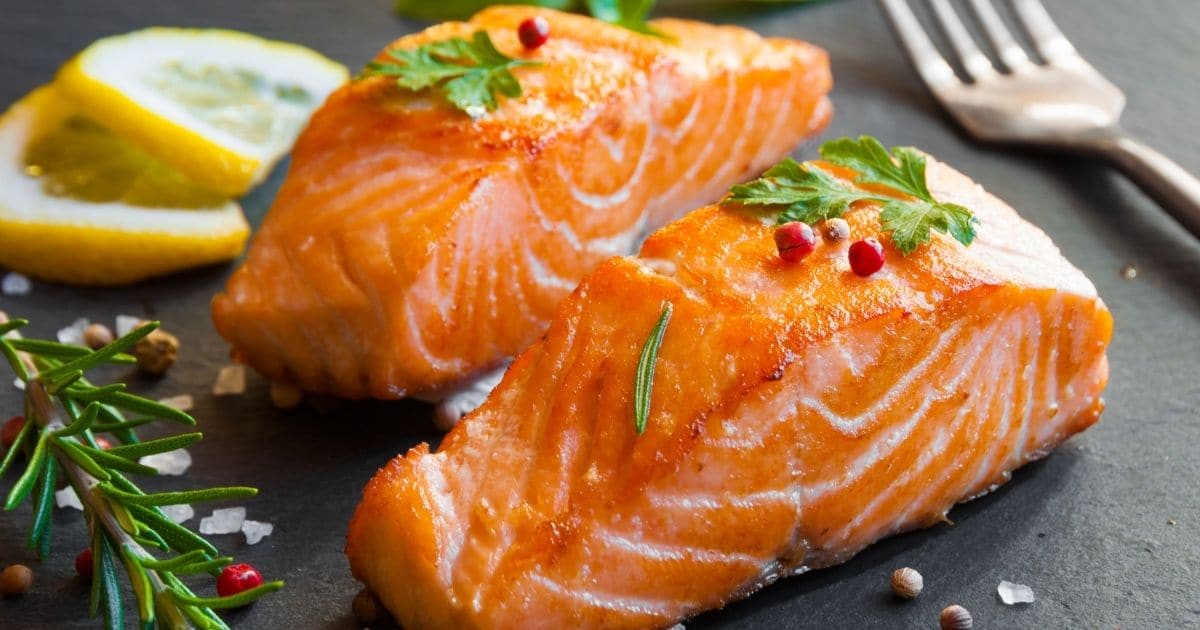
Can You Freeze Cooked Salmon?
The answer, fortunately, is yes, you can absolutely freeze cooked salmon. However, the texture and flavor of the fish will suffer from its time in the freezer.
Cooked salmon will last approximately four to six months in the freezer as long as you seal it tightly in freezer-safe bags or airtight plastic containers. Ensure you remove as much air as possible to give the best results.
There are important considerations to be aware of when freezing cooked salmon.
Continue reading to learn more about this excellent fish and the best ways to preserve it in your freezer after cooking.
Best Ways to Freeze Cooked Salmon
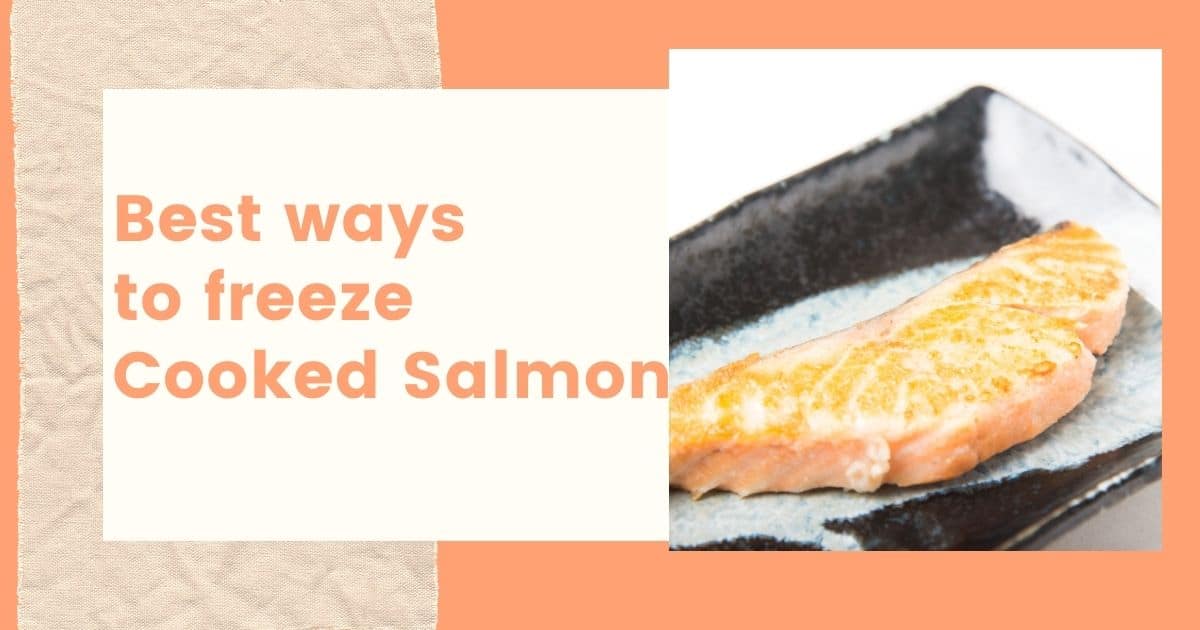
One of the first steps to effectively freezing cooked salmon is to try not to add any additional ingredients. Many sauces contain ingredients like milk, oils, tomatoes, and onions. These ingredients have enzymes and acids that can influence your salmon’s natural flavor.
Additionally, you should ensure that your salmon has cooled completely before freezing. If there is any heat remaining, it can form moisture which will foster the growth of bacteria.
How to Freeze Cooked Salmon (Tutorial)
With those considerations in mind, follow these steps to ensure excellent results from your frozen cooked salmon!
Step 1
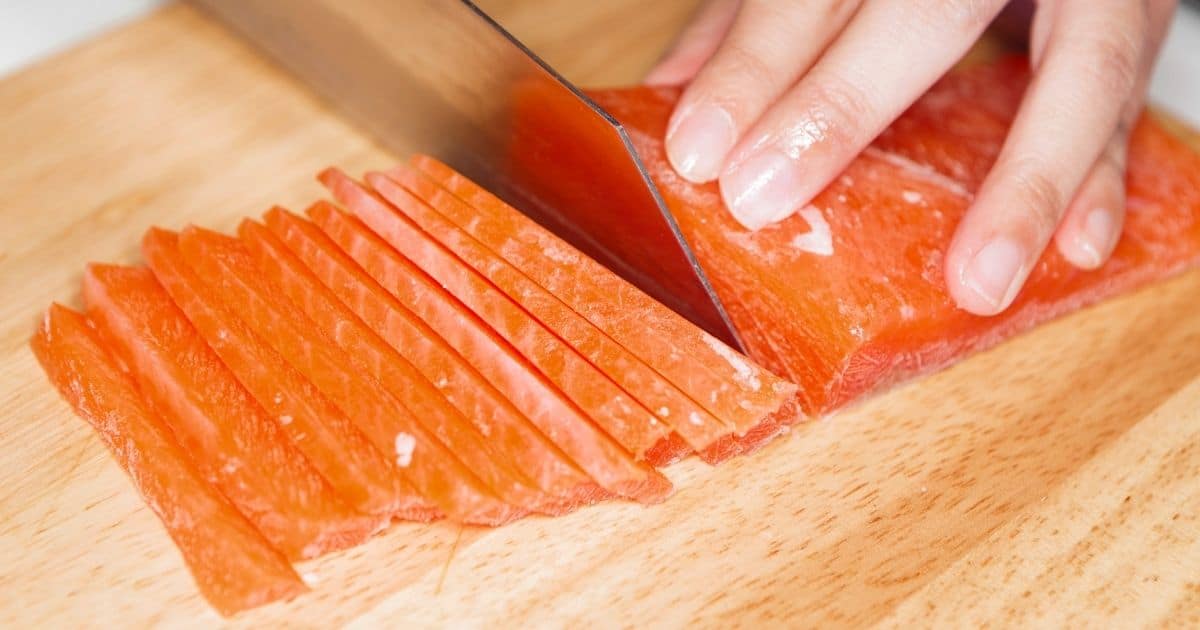
Start by cutting the pieces of salmon you have into serving sizes. Use a sharp knife to keep your salmon from crumbling into pieces as you cut it. It will ideally maintain an excellent, cohesive shape for serving later on.
Step 2
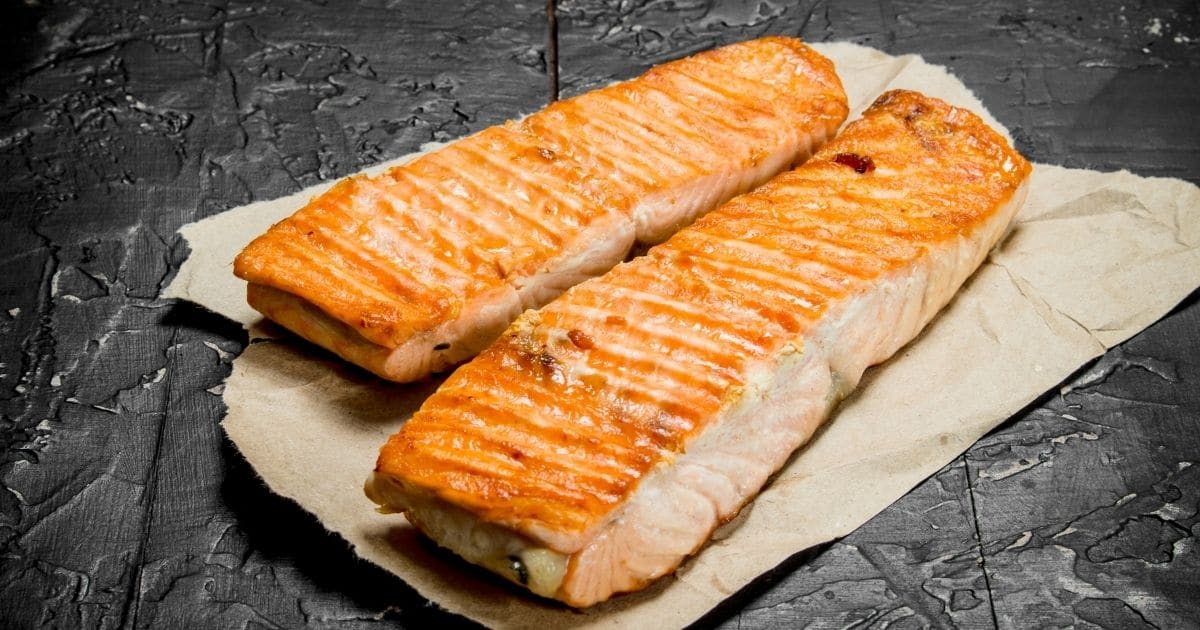
Wrap each piece of salmon individually in food-grade parchment paper that will not absorb any of the fish’s natural liquids. Using parchment paper in this way should prevent the fish from sticking to the bag while frozen.
Step 3
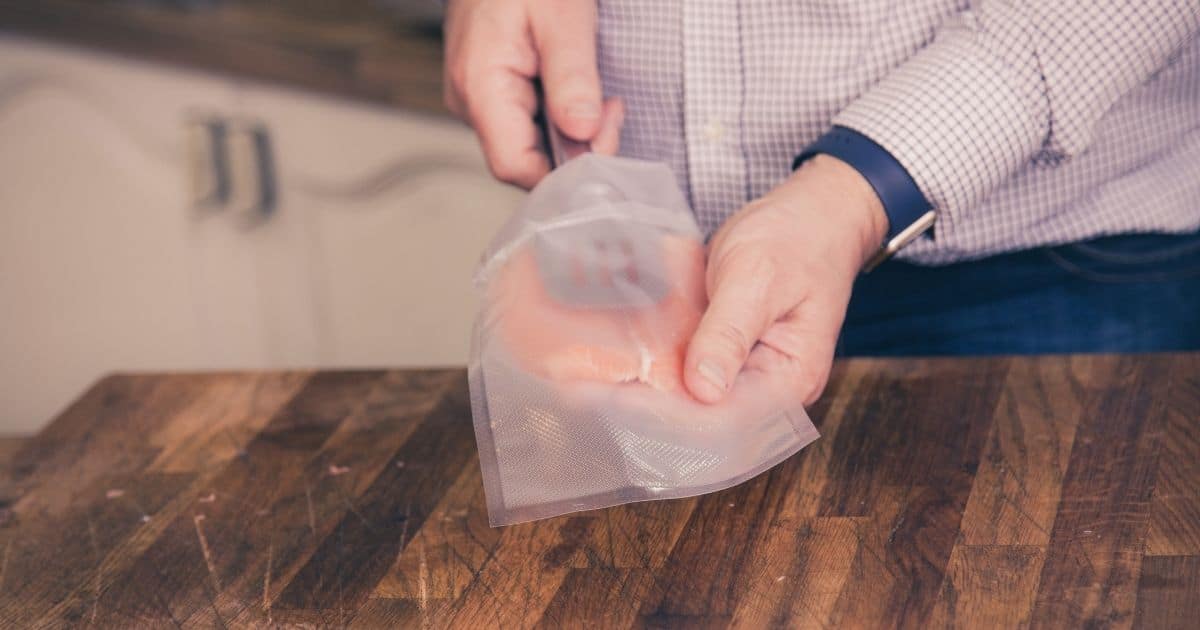
Place your wrapped pieces of salmon into freezer bags that you have labeled and dated correctly. Then either squeeze the bag or use a straw to get out as much air as possible.
Step 4
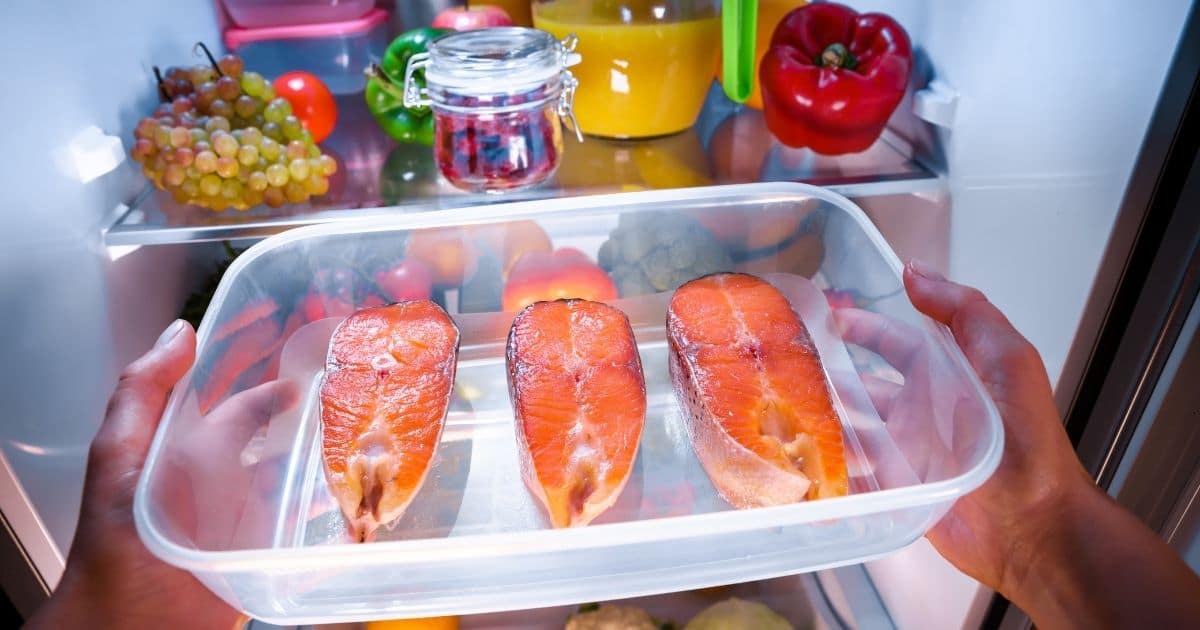
Place your frozen cooked salmon in the freezer on top of other things to prevent it from being squashed.
Your cooked salmon should last in the freezer for up to six months without it losing quality. Bear in mind that the freezer will affect your fish’s texture when it is thawed, so recipes less reliant on the fish being solo on the plate will benefit you. Additionally, do not attempt to re-freeze your thawed cooked fish. Bringing it down to room temperature and then freezing again runs the risk of bacterial growth and should be avoided at all costs.
Benefits and Varieties of Salmon
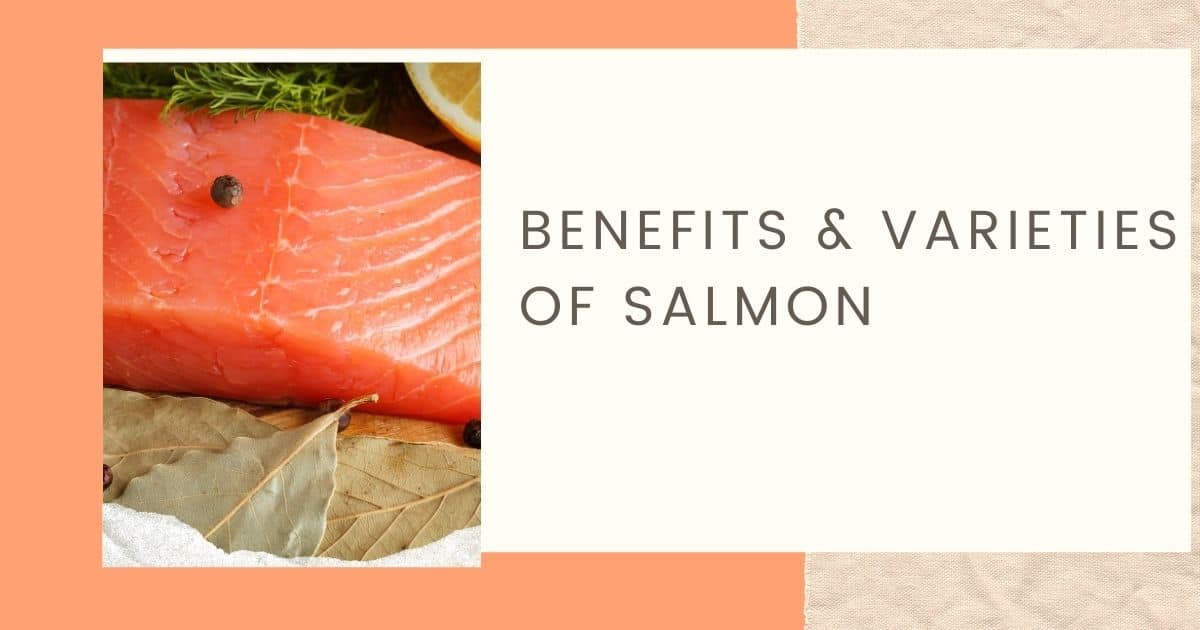
There are many different kinds of salmon around the world. In most cases, they can be divided into two categories: wild and farmed. There are many ethical and environmental considerations between these two categories. Still, ultimately, there are not enough fish in the sea to satisfy people’s needs worldwide. About two-thirds of the USA’s salmon consumption comes from aquaculture farms.
-
Wild Salmon
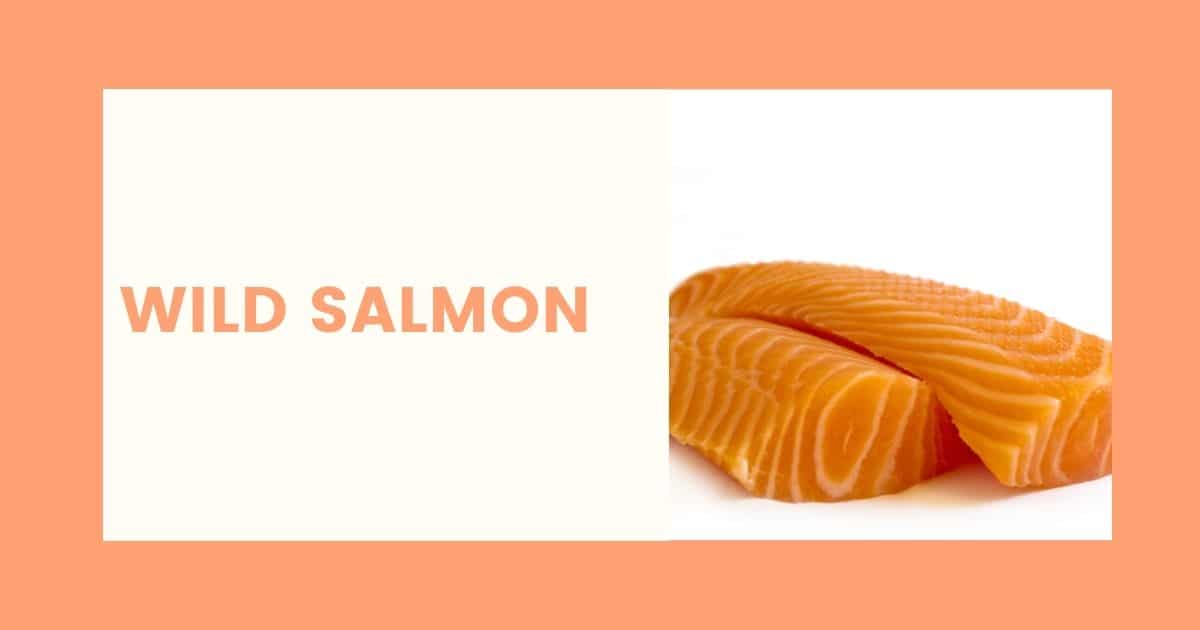
There are five main types of wild salmon that can be found in most American markets. They are as follows:
-
Chinook or King Salmon
These are the largest Pacific salmon. While they are considered one of the tastiest salmon varieties, they are unfortunately significantly overfished and therefore more expensive than other kinds.
-
Sockeye or Red Salmon
This variety of salmon has less natural fats than king salmon. Their firm texture and robust flavor make them a favorite of many restaurants and other eateries.
-
Coho or Silver Salmon
This type of salmon falls into a middle range in terms of fat content. They have a pleasant but mild flavor.
-
Keta Salmon
This variety has many other names, including chum, silverbrite, or dog salmon. As the names suggest, it has a somewhat poor reputation. Nevertheless, it has an excellent mild flavor and low oil and fat content. It can command a lower price thanks to that somewhat undeserved reputation.
-
Pink Salmon
This type of salmon is considered the “lowest form” of the fish, which is why it ends up being relegated to canneries most of the time. However, this fish’s delicate flavor, alongside its tender texture, makes it the perfect choice for salads and other cold meals.
-
Farmed Salmon
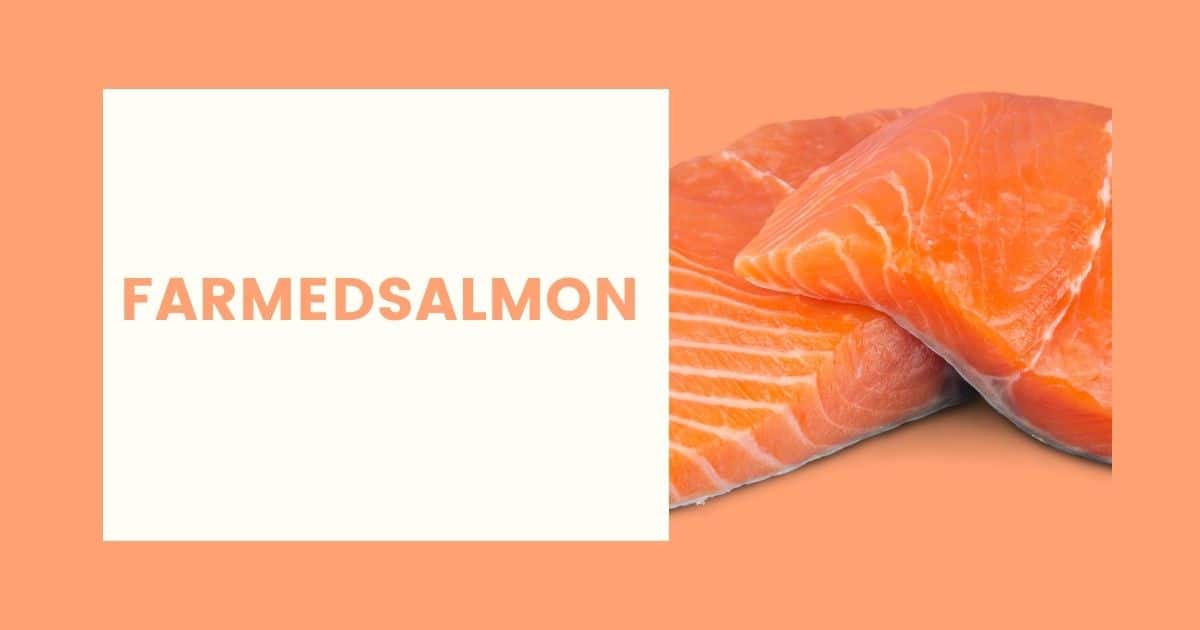
Farmed salmon is not always inherently worse than its wild cousin. However, there is some degree of variety even within the farmed fish category. The main difference comes down to whether or not the farmer raises their fish ethically with diverse food blends and with strict limits on the amount of fish they hold onto at once.
However, generally speaking, because wild salmon migrate across thousands of miles in their lifetime, they are more likely to be leaner than farm-raised fish. Additionally, even when taking ethical farmers into consideration, wild salmon have a massively varied diet and carry more nutrition in most cases.
Regardless of which kind of salmon you have, this fish is a rich source of protein and omega-3 fatty acids, essential in preventing many heart conditions. They are also reasonably low in calories, which can be ideal for people looking to lose weight. They also have zero carbohydrates which are essential for those following a keto diet.
Different Salmon Cuts
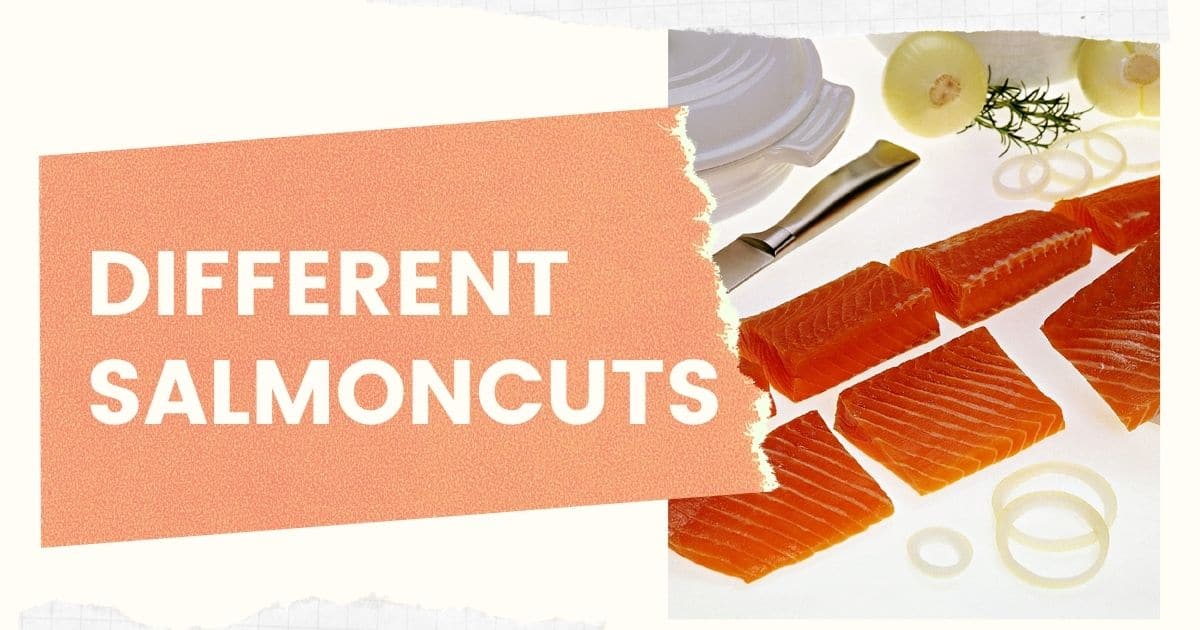
As salmon in the wild can grow to be vast, several different cuts are available. These different cuts fall into the following three types:
-
Salmon Fillets
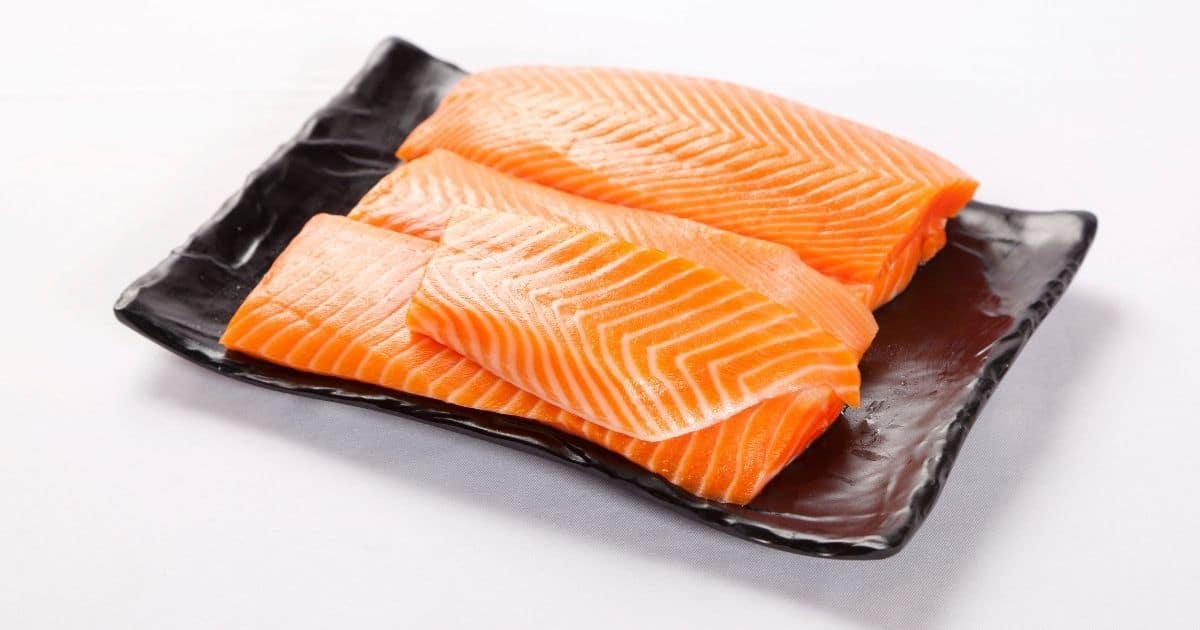
If you purchase your salmon from a supermarket, this will most likely be the most familiar type of salmon cut to you. Fillets are excellent for cooking in many different styles and ways, and they commonly come with the skin intact. The skin is also one of the most beneficial aspects of this particular cut because it helps keep the flesh together in one piece. It is a significant source of those omega-3 fatty acids mentioned earlier.
Additionally, the skin from a good salmon fillet is delicious when crisped. When shopping for salmon fillets, try to find the ones referred to as center-cut as they have a uniform thickness all the way through and are the most straightforward kind to cook.
-
Salmon Steaks
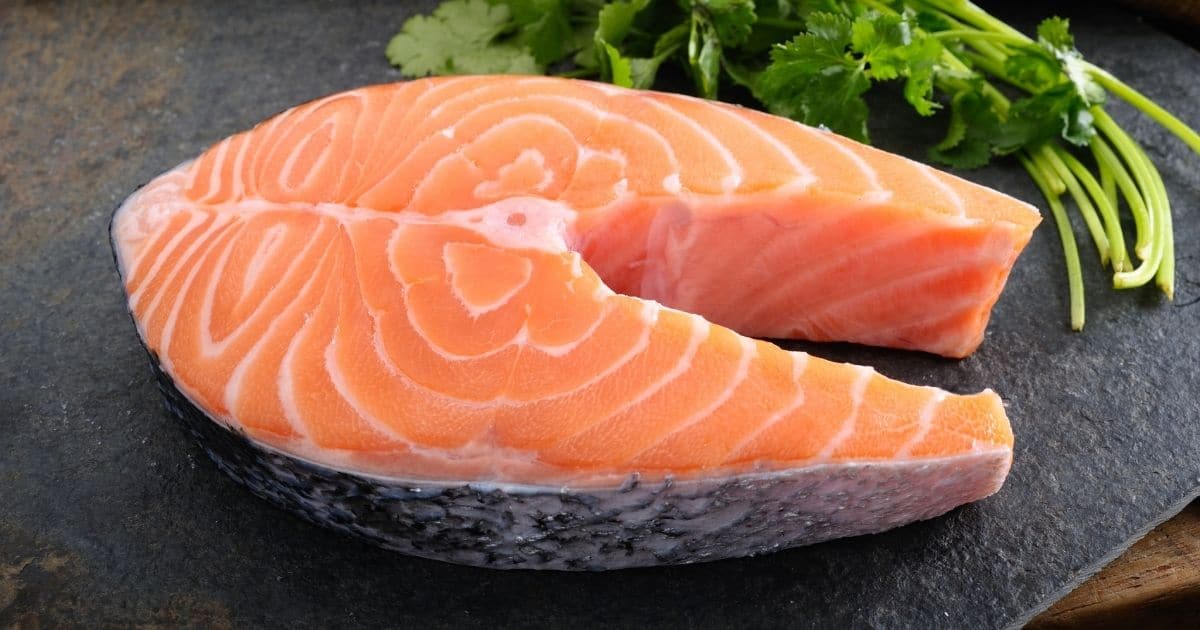
You can identify salmon steaks by the bone running through the center of the cut and the skin surrounding the flesh. The combination of the bone and the skin wrapping actually help keep the salmon steak fresh, and these cuts are less prone to drying out than fillets. Like fillets, these cuts of fish are excellent when done on a grill, under a broiler, or even just in a pan.
The biggest thing to keep in mind when shopping for salmon steaks is that you want to be on the lookout for a uniform thickness in the cut. An equal thickness all the way across the salmon steak will help ensure an even cook.
-
Sides
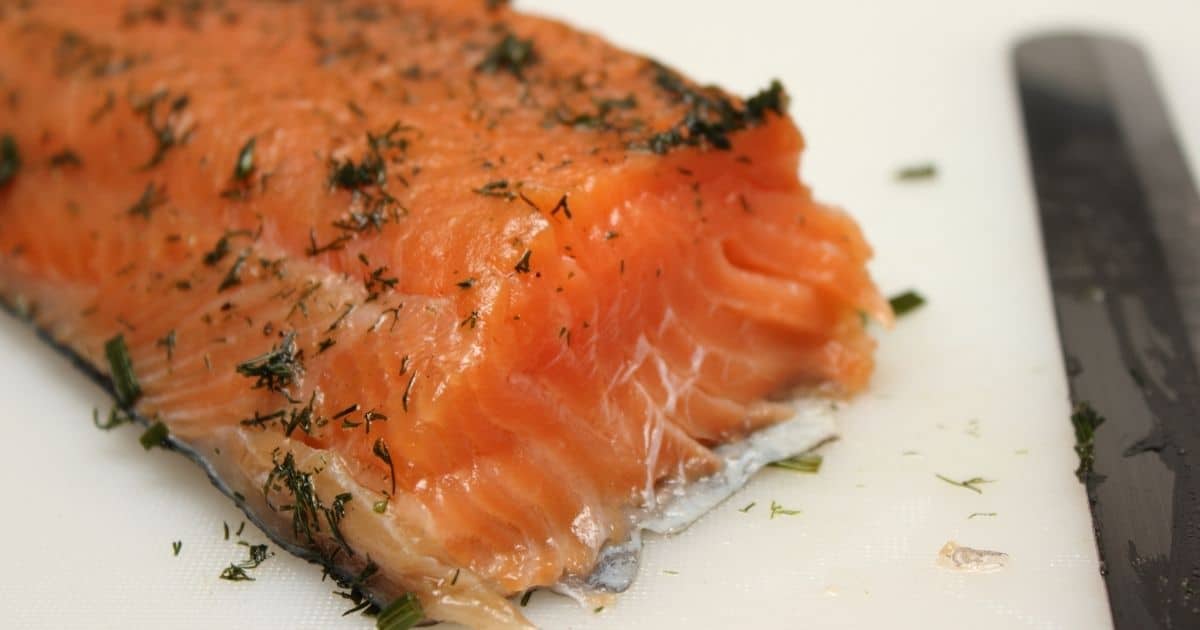
Sides, or whole sides, are quite literally one entire side of a salmon cut from half of the fish. These sides can be around four or five pounds each and can typically provide eight servings at a time. Salmon sides can be done perfectly on a grill, baked, poached, or broiled. However, it is not recommended that you cook them on a stovetop due to their considerable size.
The best trick for cooking a salmon side is to use a lower heat than usual and for longer. This ensures that the whole cut cooks through without drying out.
Best Uses for Thawed Cooked Salmon
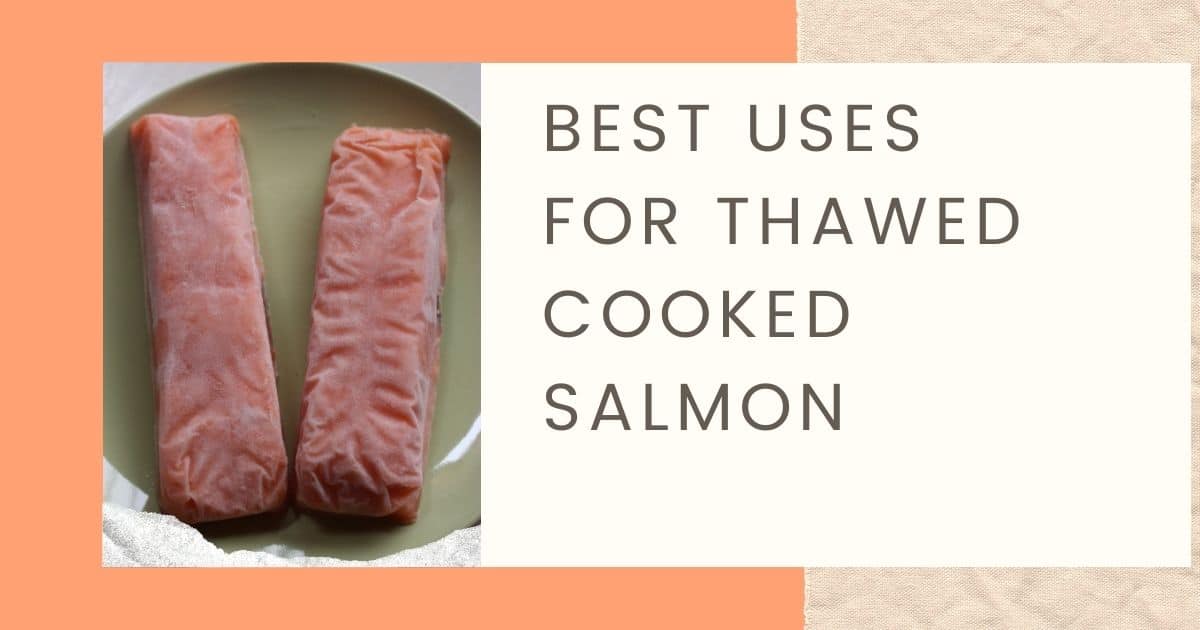
No matter what salmon cut you have in your freezer, it is essential to remember that the texture will not be the same after thawing, as it was just after it was cooked. Some ways are more effective than others in using cooked salmon after it has been thawed.
Salmon Spread

One perfect way to use your thawed cooked salmon is in part of a spread. By breaking the fish down and combining it with other ingredients for flavor and texture, you can create a delicious and protein-rich spread to put on toast, bagels, crackers, or anything else. Try combining your salmon spread with cream cheese on a toasted bagel for breakfast.
Curries and Soups
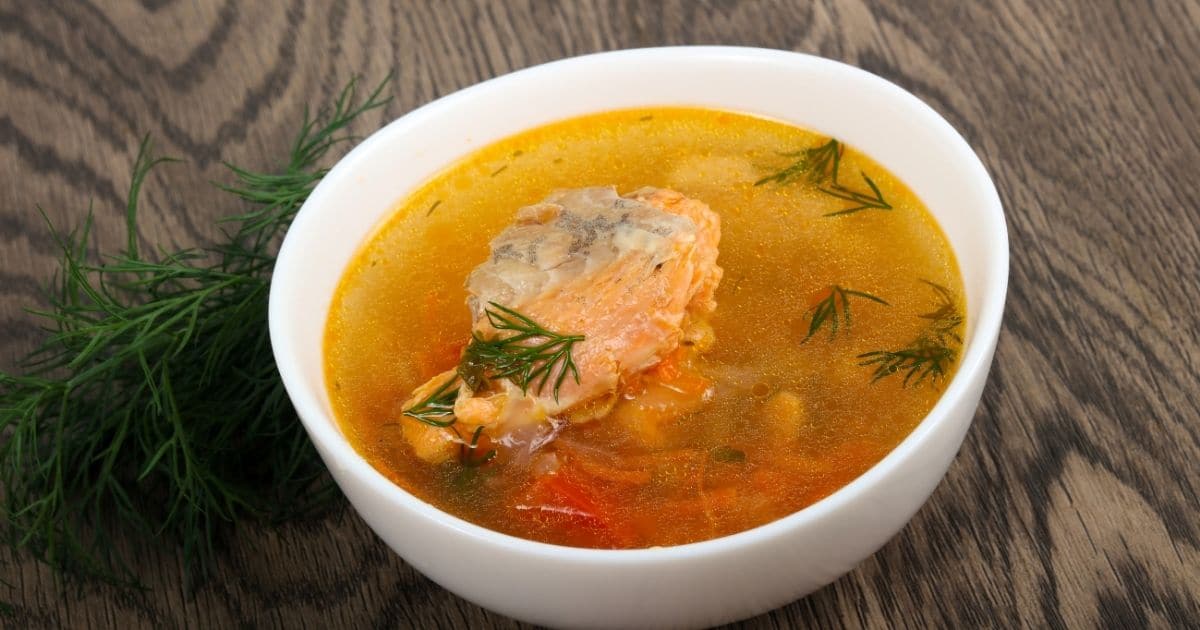
Both of these options are marvelous for using your thawed cooked salmon. The brothy nature of these foods will add flavor to your fish while masking the softer texture that it gets when thawed. Consider adding the salmon into the broth only a few minutes before you’re ready to serve it. By doing so, you can heat the fish through without overcooking it and affecting its texture further.
Salmon Burgers or Cakes
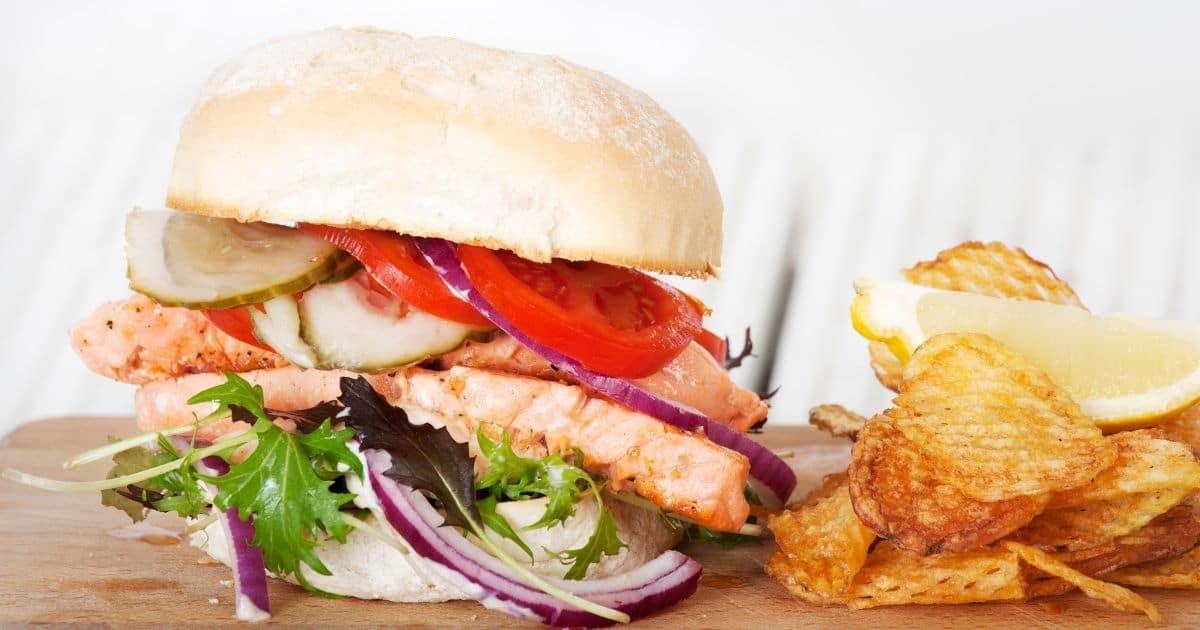
One of the simplest ways to use your thawed cooked salmon is by flaking it apart and then forming it into patties to be used with burgers or fish cakes. The best part about going with this method is that you can flavor it in any way you like, though dill and lemon are great choices if you require direction for your meals.
You can try our Spicy Thai Fish Burger recipe which is absolutely delicious.
Frosty Fish
Salmon has a considerable number of uses, and even after it’s been cooked, frozen, and thawed, there are many ways to get the most out of this delicious and nutritious fish. Try going to a local market, if you live near a coastline, and pick up some freshly caught salmon. You are well prepared now in knowing the best ways to freeze and thaw your salmon.